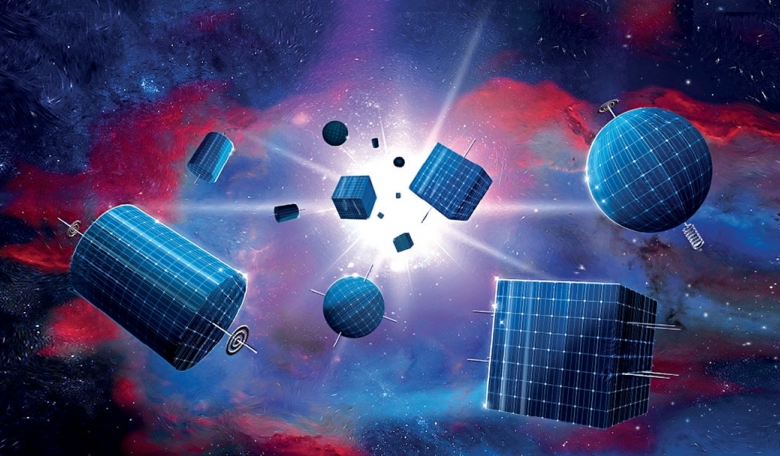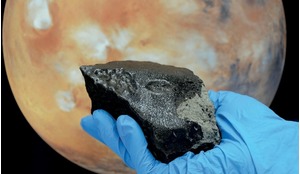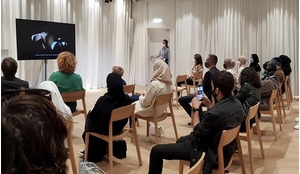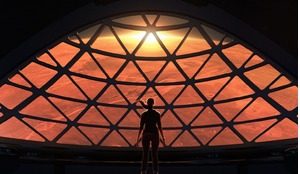When planetary scientists and engineers at NASA’s Jet Propulsion Laboratory get together to plan the next steps in exploring our solar system, the result is usually something fairly massive - but exploring space and seeking to do science on the cutting edge raises the question: is it possible to get the kind of results we want with smaller spacecraft? Since 2012 a small group of like-minded enthusiasts (the ‘cubesat kitchen cabinet’) at JPL has helped to conceive some new, exciting science missions using deep space cubesats and nanosats to accelerate growth in this field. They hope that once the barriers to flying small space missions have been broken down, and the cost of entry reduced, universities and research institutes across the world will be empowered to join them in this great endeavour to explore our solar system.
ASA’s Curiosity rover, currently exploring the Gale crater on Mars, weighs in at 899 kg and the Europa Clipper spacecraft will probably tip the scales at over three tonnes. Mass generally drives the cost of each mission – so bigger spacecraft usually cost significantly more than smaller ones.
At the other end of the scale in both size and cost, cubesats and nanosats could, in theory, fly more missions for the same budget. But could smaller spacecraft deliver in the space science arena? The answer, as suggested by a recent National Academy of Sciences report is a qualified ‘yes’: small spacecraft such as cubesats can take on unique science missions but are not a substitute for the larger ‘flagship’ missions like Curiosity or Europa Clipper.
Read more about the cutting edge science of smaller spacecraft in the full version of this ROOM Special Report, available now to our subscribers.














